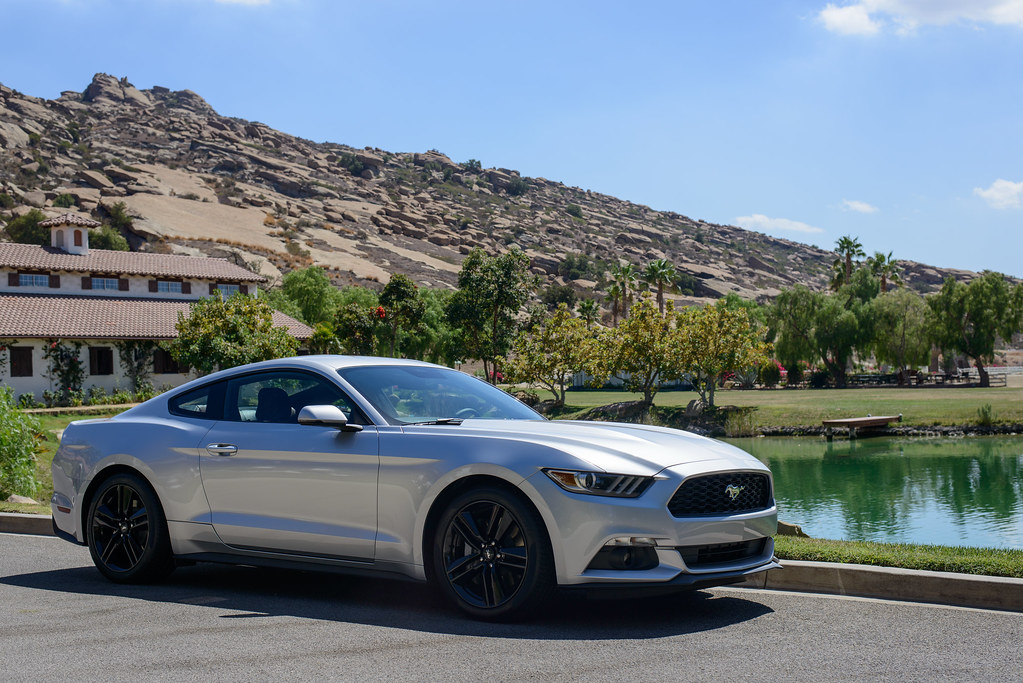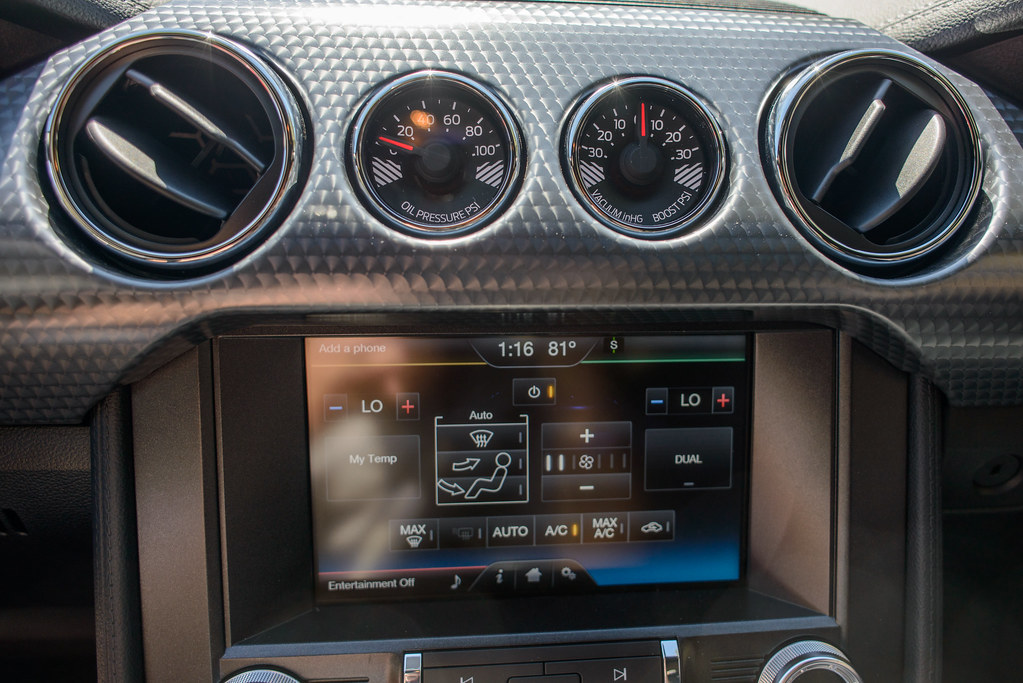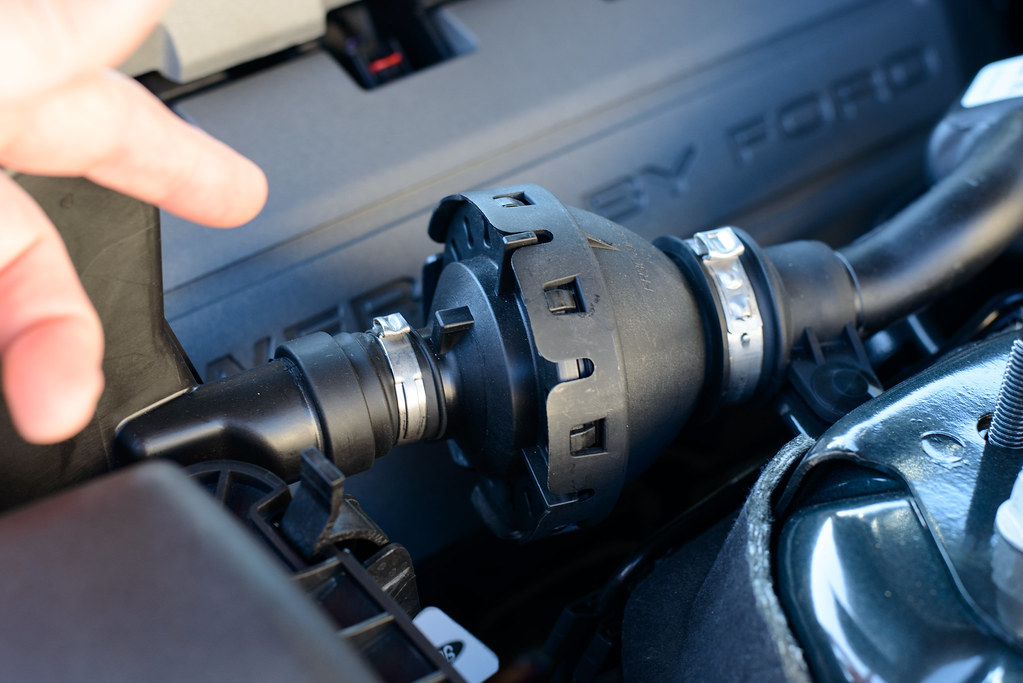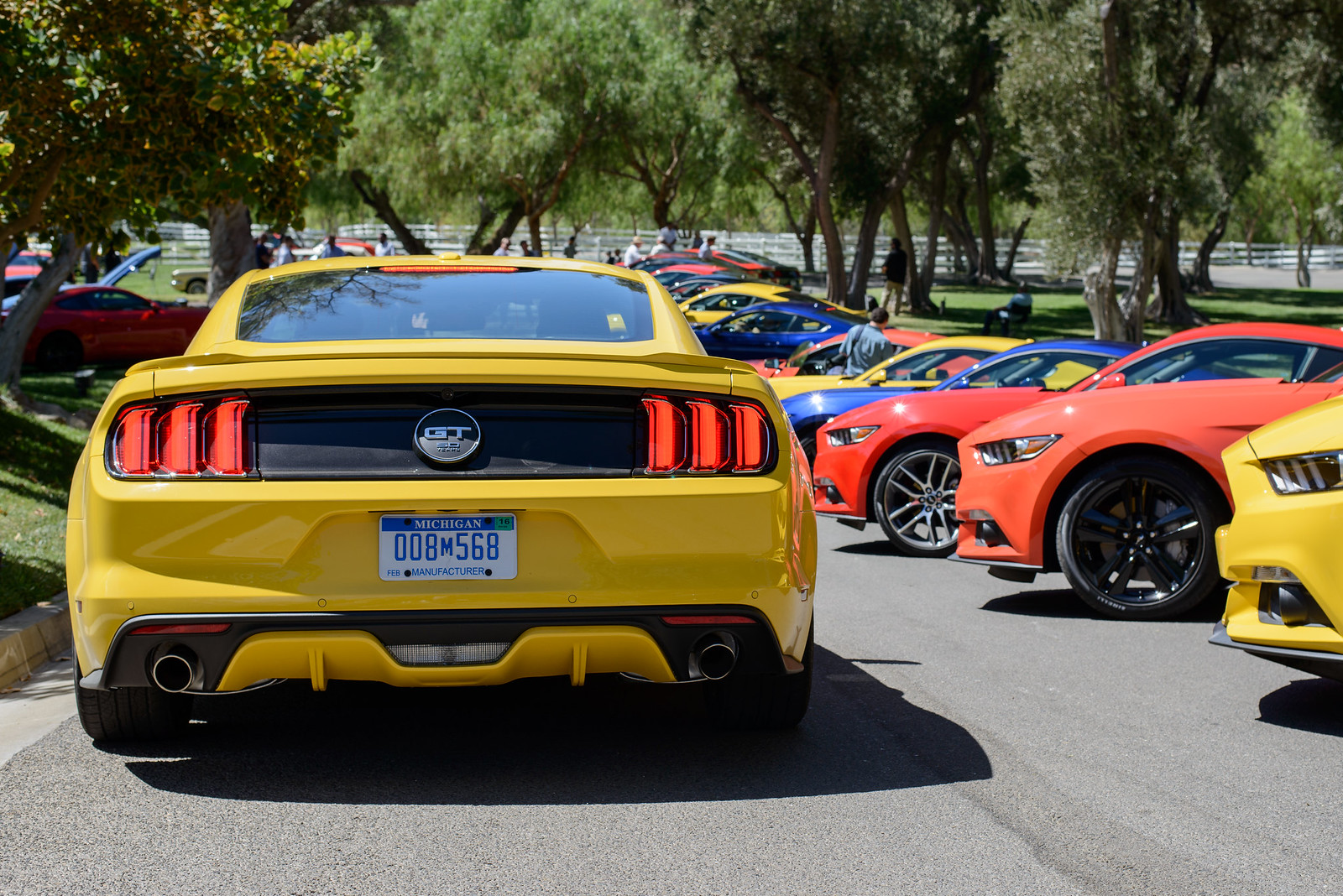As a Californian transplanted to Brooklyn, the feeling of living without a car has evolved over the last four years from a genuine feeling of loss to a persistent, low-intensity itch that's only lightly scratched by sprinting a bike through traffic or taking the occasional work-related spin on the highway.Yesterday, I drove a couple of brand-new 2015 Ford Mustangs in and around Los Angeles, and they scratched that itch. Hot shit, did they ever. But sitting in traffic, wearing out my left leg working the clutch while surrounded by German luxury sedans that are mainly designed to be speeding computers, I kept coming back to one thought: How does this Mustang, a car designed to pay homage to the 50-year-old original, still exist in 2014?
Advertisement
The usual peripheral aspects of a story about cars and technology—our endlessly destructive pursuit of oil, the power of green-themed marketing, encroaching CAFE standards, the coming climate apocalypse, the never-ending march of automation, and the end of cars altogether—all are beginning to fade into the part of our consciousness where we can accept these things as happening but can't be bothered to worry about them. And yet these factors are still shaping the auto industry.Where, in a land of aspirational luxury compacts and hybrid SUVs, is there room for a throwback sports car? The answer, of course, is that the Mustang, perhaps even more so than its Chevy Camaro and Dodge Challenger brethren, is a car that doesn't need to worry about belonging. After five decades, it's pretty clear exactly what a Mustang ought to be, and zipping up a mountain, V8 crackling and popping at 5000 RPM, it's pretty clear that's a good thing."When you drive it, it's gotta put a smile on your face," said Tom Barnes, the vehicle engineering manager for the Mustang, during customary remarks before the press drive.

"If you could not do a burnout at the lunch spot, but somewhere else. Not that I'm encouraging you to do a burnout, but I am," Barnes added, in reference to a bit of over-exuberance from the first wave of journalists the day before at a wedding-ready ranch. Apparently fancy ranches don't like tire marks on their asphalt.
Advertisement
(Full disclosure: While I declined Ford's offer to fly me out to LA and put me up in the same Beverly Hills hotel as One Direction, I did join for lunch at the aforementioned ranch, and it was delicious.)This talk of burnouts and being a throwback isn't to somehow suggest that the new Mustang is just as rickety, plasticky, and downright terrible as some of its predecessors. It's a genuinely fantastic car, and the actual automotive press agrees.

I've spent a good amount of time driving every model of Mustang since the wonderful old Fox 5.0s, and the new one is far and away the best of the bunch. For once, the interior feels well laid-out and not cheap, across all the trims I saw—I did find a faux engine-turned dash in one of the cars to be a bit silly, but other than that, I was impressed.The exterior definitely looks great (in my fourth time taking pictures of the car, it remains a bit hard to photograph faithfully, but I may just be a shit photographer). And the chassis, including the much-ballyhooed independent rear suspension, a first for the Mustang, feels solid, composed, and capable. As much as I love throwing a car sideways when I get the chance, it is another experience altogether to gun it out of a bumpy turn and feel the car hook up and go with no more drama than wondering what so many cops are doing in a quiet canyon an hour north of LA.There are plenty of cars in which one can haul ass, and a fair number of them now offer the ability to do so with a minimum of fuss. And therein lies the most interesting engineering challenge for Ford here: Sure, you can slap a big-ass chrome horse on the steering wheel (they did, by the way), but how do you make a car that's both modern and premium enough to sell overseas—another first for this Mustang—while still being, you know, a damn Mustang?
Advertisement
"There's a long legacy to keep in mind. We have to know what the car we want to build is, but we also have to know what it isn't," said Shawn Carney, the powertrain noise, vibration and harshness engineer for the Mustang, who joined me for the drive.Part of that was figuring out how to work Ford's turbocharged 2.3-liter four-cylinder into the car, and make it sound right. The engine was met by many a raised eyebrow from folks who figure an American sports car needs a V8. But Carney, who once owned the 2.3L turbo Mustang SVO, the epitome of 80s sports car techno-cool, said such talk is missing the point: having fun.

I will say that the engine, which produces 310 horsepower and 320 lb-ft of torque, is refined and strong. I'll also say that, in a bid to lay down some rubber in front of the Beverly Hills Hotel and its surrounding flock of Porsches, I found that it's potent enough.But marvelously efficient small-displacement engines aside, we're talking about the Mustang, a car that's survived five decades of ups and downs not based on practicality or price or sheer appliance-ness, but on feels."We didn't want this to be a retro design. We wanted it very much to be a modern car," Moray Callum, Ford's VP for design, told me back in April. "Our job was really in taking the elements that people would recognize in Mustang, editing some of them out, and just keeping the right amount of elements so when people see a Mustang they recognize it at first sight."
Advertisement

And as Carney told me, the engineering team had the same focus; being a guy largely obsessed with sounds and harmonics, he naturally described it as finding the right harmony. As an example, he held up Ford's favorite benchmark for the Mustang, the BMW M3. By all accounts—including Carney's, who said he's spent some time behind the wheel of Ford's own M3 test mule—it's an excellent car, but capable as it is, it just doesn't feel as visceral as you might like.Visceral is exactly what the Mustang is designed to be. On a day in which gas bills are someone else's concern, rowing the new car's six-speed and letting its 5.0-liter V8 open up all 435 horsepower and 400 lb-ft of torque on offer is certainly intoxicating.(Despite losing a couple hundred pounds over its predecessor, the new Mustang GT is rated slightly worse in the gas mileage department, at 18 city/25 highway for a V8 manual like I drove. I ended the day in the mid-teens, which I think means I didn't drive it hard enough.)

Mashing the gas on the exit of corner and feeling the rear step out ever so slightly as the engine roars (roars!) to its redline is what this car is made for. That, far more than the still-comically-tiny back seat or giant touchscreen with its MySync® computer lady yammering directions at you, is why people keep plunking down cash for these cars."This isn't a car you buy because you need it. You buy it because you want it," Carney said early in our drive, shortly before telling me that whenever I really open up the throttle I'd hear his team's work in full effect—a not-so-subtle taunt that I'd been driving like a baby.Soon after, we found ourselves sitting in a line of cars waiting at a stop-go light on a freeway onramp. Realizing that I was making us wait like an idiot when the carpool lane was wide open, I yanked the car over and—hoping Carney would soon stop thinking that he was being chauffeured about by a child—put the pedal to the floor.As we coasted back down to the speed limit, surrounded by SUVs and "sporty" family sedans, it was clear why a car like this can thrive for so long. It really does scratch the itch.